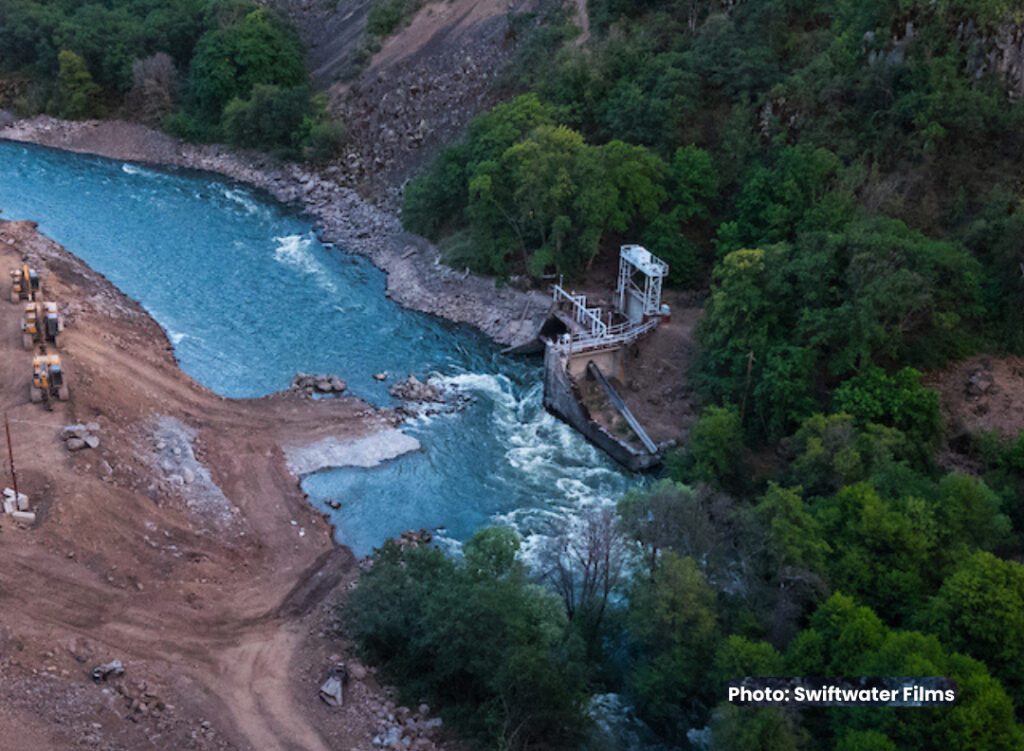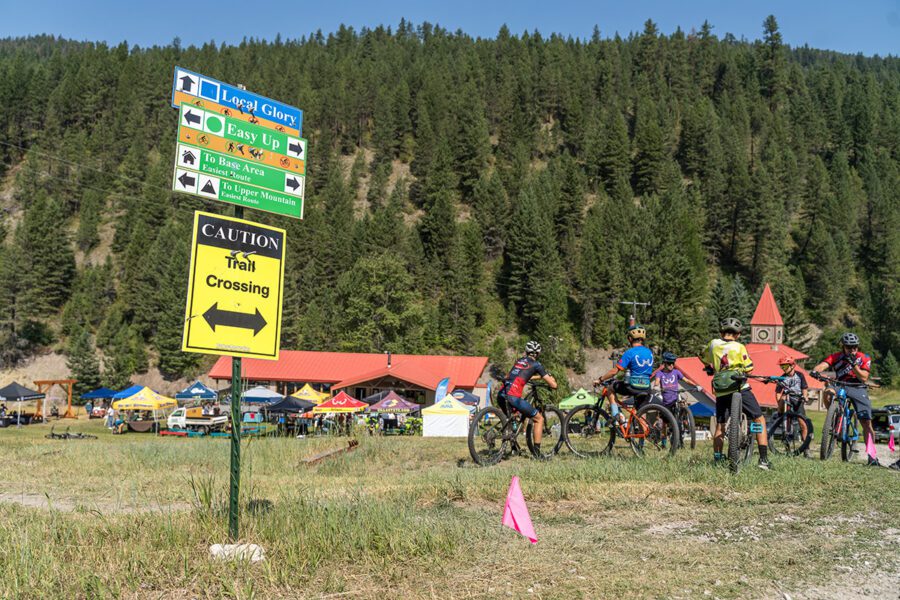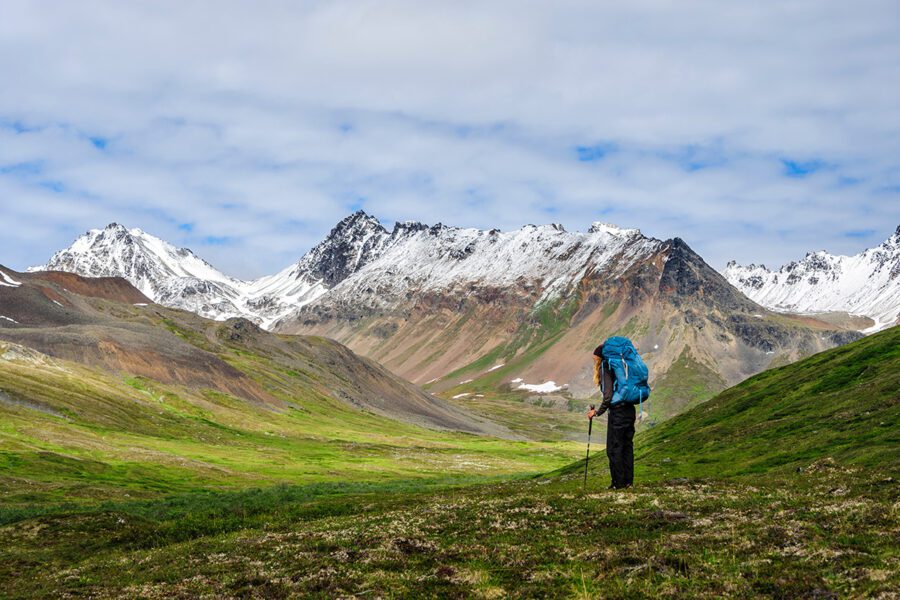After decades of advocacy from Klamath River Indigenous peoples, community members, conservationists, and fishermen, the final three dams – Iron Gate Dam, Copco Dam 1, and JC Boyle Dam – have been removed from the Klamath River. The fourth dam, Copco Dam 2 was removed in 2023. The effort to free the Klamath River, which sits along the border of Oregon and California, was part of the largest dam removal and river restoration project in U.S. history. Led by Indigenous peoples that include members from the Yurok, Karuk, Shasta, Hupa, and Klamath Tribes, removal of the dams will open up fish passage to more than 400 miles of potential habitat.
The Klamath River was the third-largest salmon producing river on the West Coast before four hydroelectric dams were built between 1908 and 1962 to provide power to farms and towns in the region. Salmon are critical to the culture and livelihood of Indigenous peoples in the Klamath Basin and a critical food source for endangered resident killer whales. The construction of these dams, which generated electricity for PacifiCorp, produced less than 2% of the power needed for the company’s customers. The introduction of these dams disrupted the flow of the river, creating sediment buildup, altering water temperature, thus creating the perfect conditions for toxic blue-green algae. Built with no fish ladders, these dams also denied salmon access to their historical spawning and rearing habitat.
In 2002, conditions of the Klamath River were made worse as additional water was diverted for agricultural purposes brought on by drought. The conditions on the river led to a bacterial outbreak that killed an estimated 70,000 adult salmon before they could even make it to spawn – resulting in one of the largest mass die-offs of salmon in history. This prompted Tribal communities to start a grassroots campaign for the removal of the dams. PacifiCorps tried to continue operating the dams, but when the Federal Energy Regulatory Commission (FERC) relicensing process required major updates to the structures, PacifiCorps, the States of California and Oregon, tribal governments, conservation groups, commercial and recreational fishing organizations, and counties reached a settlement agreement to remove the dams in 2016. In 2022, FERC approved decommissioning the dams, setting the stage for demolition.
Through the Klamath Hydroelectric Settlement Agreement, PacifiCorps transferred ownership of the dams to the Klamath River Renewal Corporation, a nonprofit that will oversee their removal. Furthermore, this agreement put the rights of the environment, Indigenous peoples, and business interests on the same footing.
The Conservation Alliance has supported Ridges to Riffles Indigenous Conservation Group as a grantee through its Confluence Program since January, 2023. The organization is an Indigenous-led advocacy group that represents the interests of Tribes, Native organizations, and Native people as they seek to protect, preserve, and restore their cultural resources and sovereignty. The Conservation Alliance also provided early funding to California Trout to restore the Klamath Basin through removal of these four dams.




